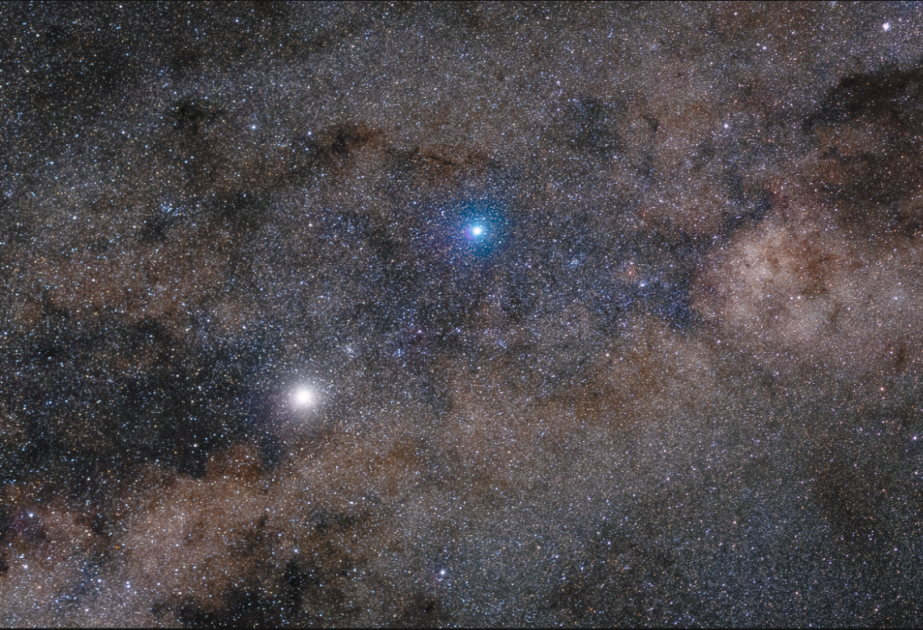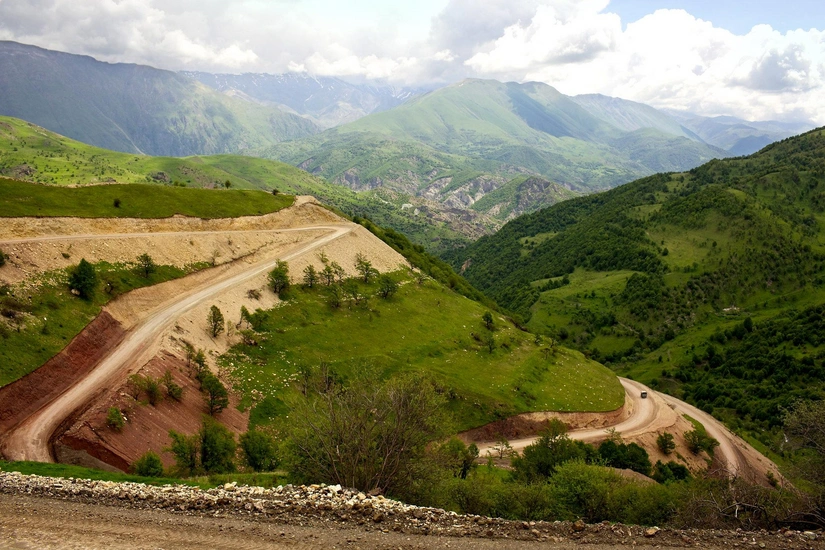Astrophysicists have gained precious new insights into how distant exoplanets form and what their atmospheres can look like, after using the James Webb Telescope to image two young exoplanets in extraordinary detail, according to Phys.org. Among the headline findings were the presence of silicate clouds in one of the planet's atmospheres, and a circumplanetary disk thought to feed material that can form moons around the other.
The work appears in Nature.
In broader terms, understanding how the "YSES-1" super-solar system formed offers further insight into the origins of our own solar system, and gives us the opportunity to watch and learn as a planet similar to Jupiter forms in real time.
"Directly imaged exoplanets—planets outside our own solar system—are the only exoplanets that we can truly take photos of," said Dr. Evert Nasedkin, a Postdoctoral Fellow in Trinity College Dublin's School of Physics, a co-author of the research article. "These exoplanets are typically still young enough that they are still hot from their formation and it is this warmth, seen in the thermal infrared, that we as astronomers observe."
Using spectroscopic instruments on board the James Webb Space Telescope (JWST), Dr. Kielan Hoch and a large international team, including astronomers at Trinity College Dublin, obtained broad spectra of two young, giant exoplanets which orbit a sun-like star, YSES-1. These planets are several times larger than Jupiter, and orbit far from their host star, highlighting the diversity of exoplanet systems even around stars like our own sun.
The main goal of measuring the spectra of these exoplanets was to understand their atmospheres. Different molecules and cloud particles all absorb different wavelengths of light, imparting a characteristic fingerprint onto the emission spectrum of the planets.
Dr. Nasedkin said, "When we looked at the smaller, farther-out companion, known as YSES 1-c, we found the tell-tale signature of silicate clouds in the mid-infrared. Essentially made of sand-like particles, this is the strongest silicate absorption feature observed in an exoplanet yet.
"We believe this is linked to the relative youth of the planets: younger planets are slightly larger in radius, and this extended atmosphere may allow the cloud to absorb more of the light emitted by the planet. Using detailed modeling, we were able to identify the chemical composition of these clouds, as well as details about the shapes and sizes of the cloud particles."
The inner planet, YSES-1b, offered up other surprises: While the whole planetary system is young, at 16.7 million years old, it is too old to find signs of the planet-forming disk around the host star. But around YSES-1b the team observed a disk around the planet itself, thought to feed material onto the planet and serve as the birthplace of moons—similar to those seen around Jupiter.
Only three other such disks have been identified to date, both around objects significantly younger than YSES-1b, raising new questions as to how this disk could be so long-lived.
Dr. Nasedkin added, "Overall, this work highlights the incredible abilities of JWST to characterize exoplanet atmospheres. With only a handful of exoplanets that can be directly imaged, the YSES-1 system offers unique insights into the atmospheric physics and formation processes of these distant giants."
















.png)


